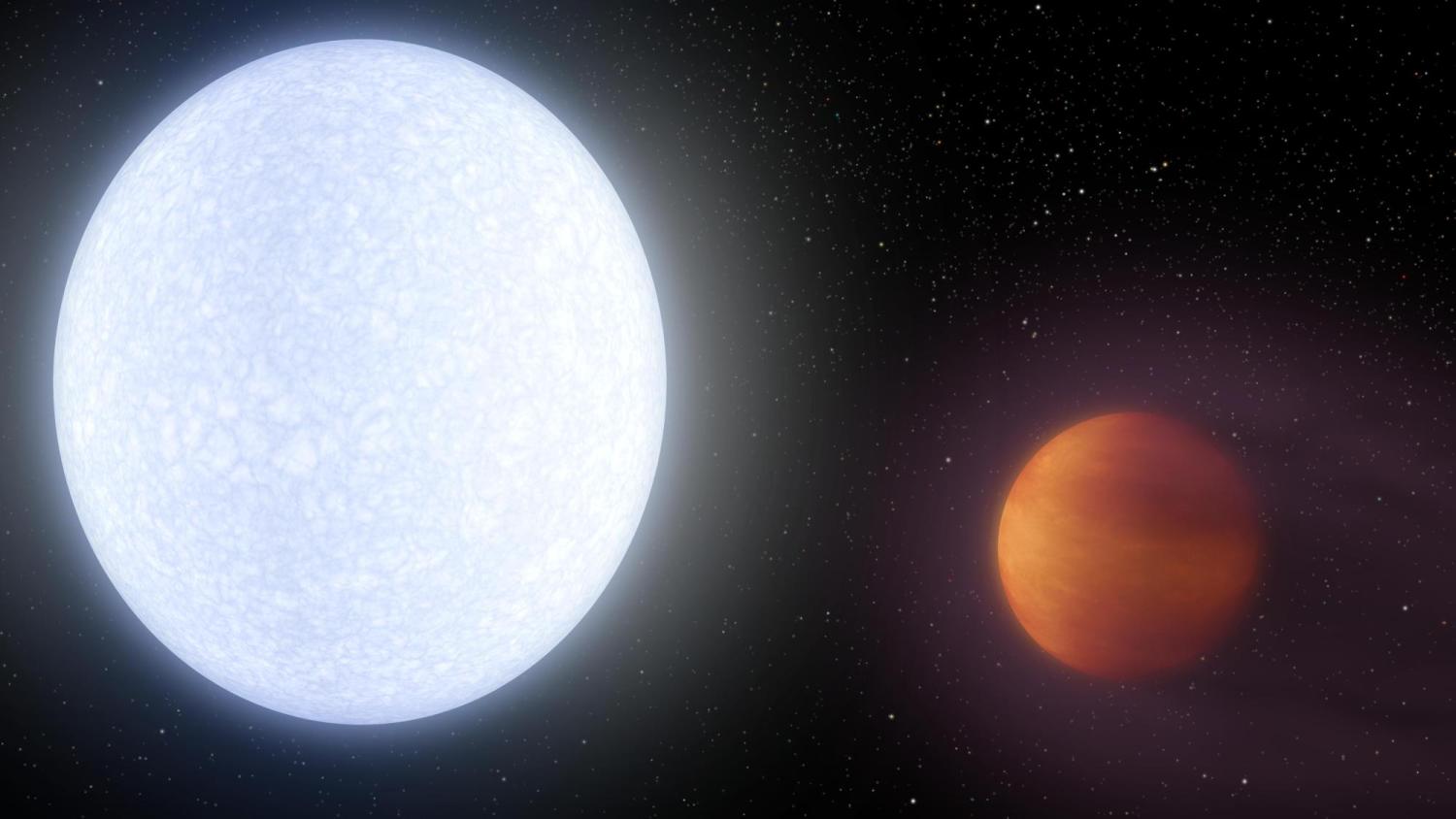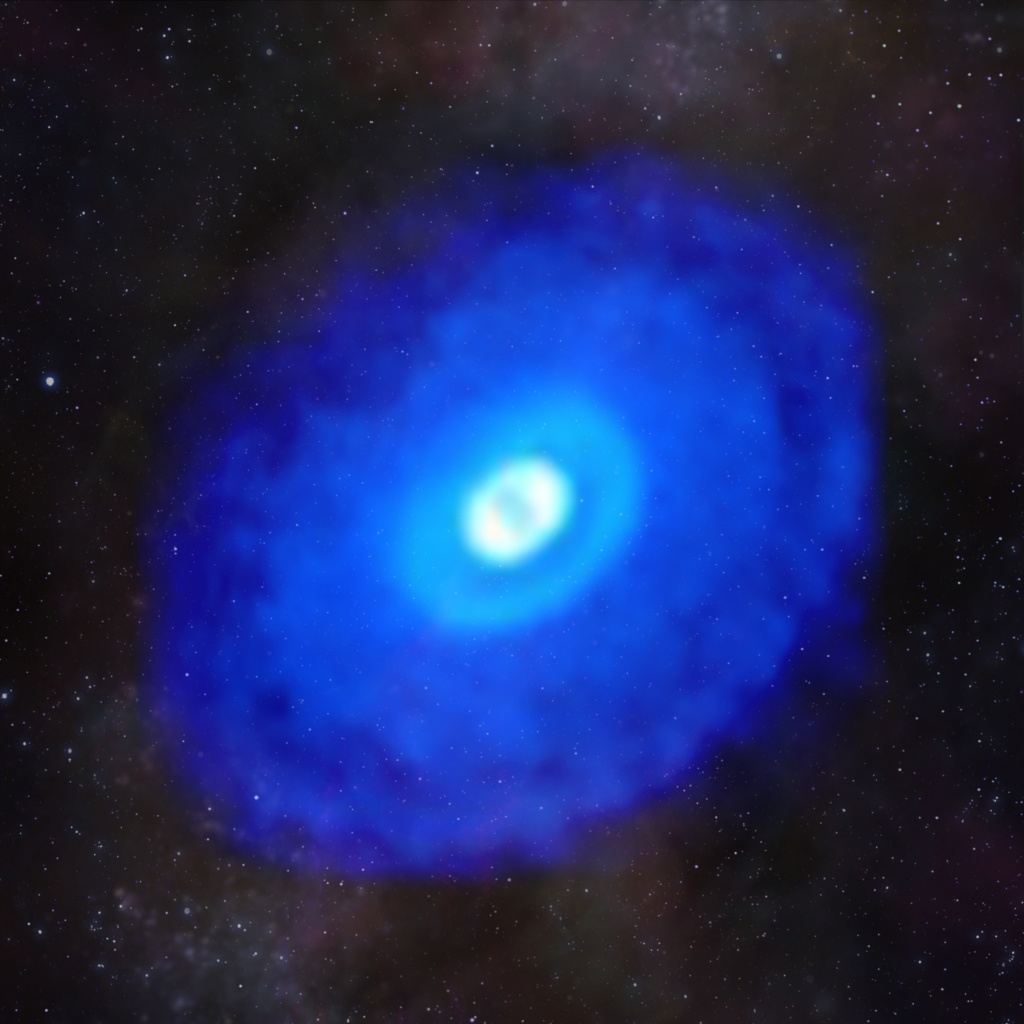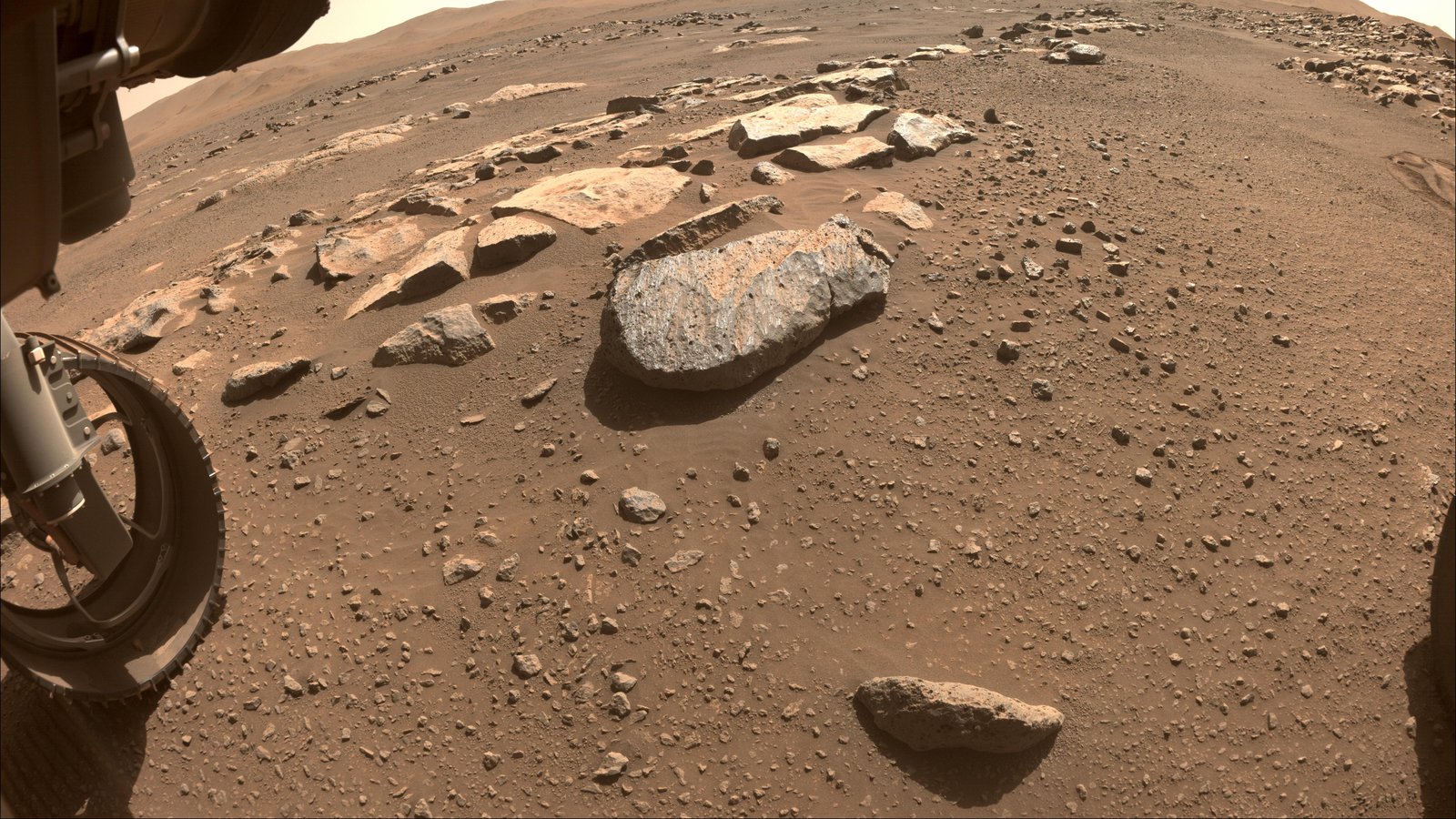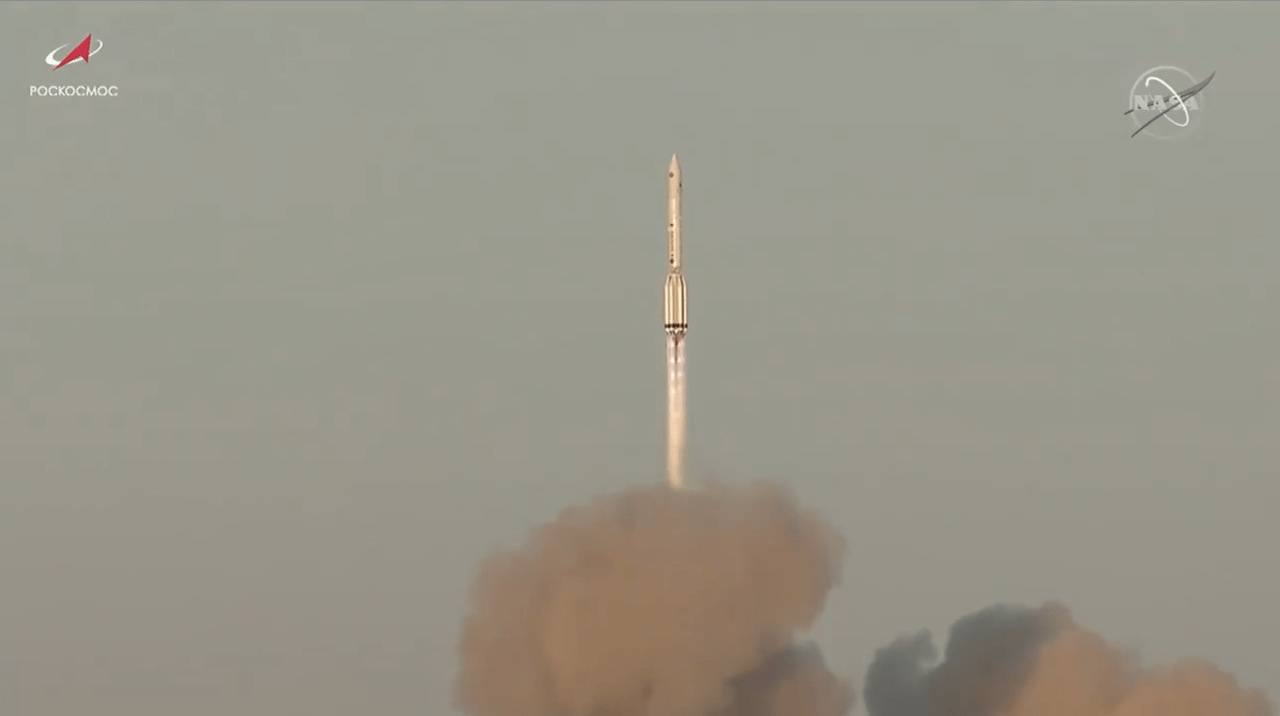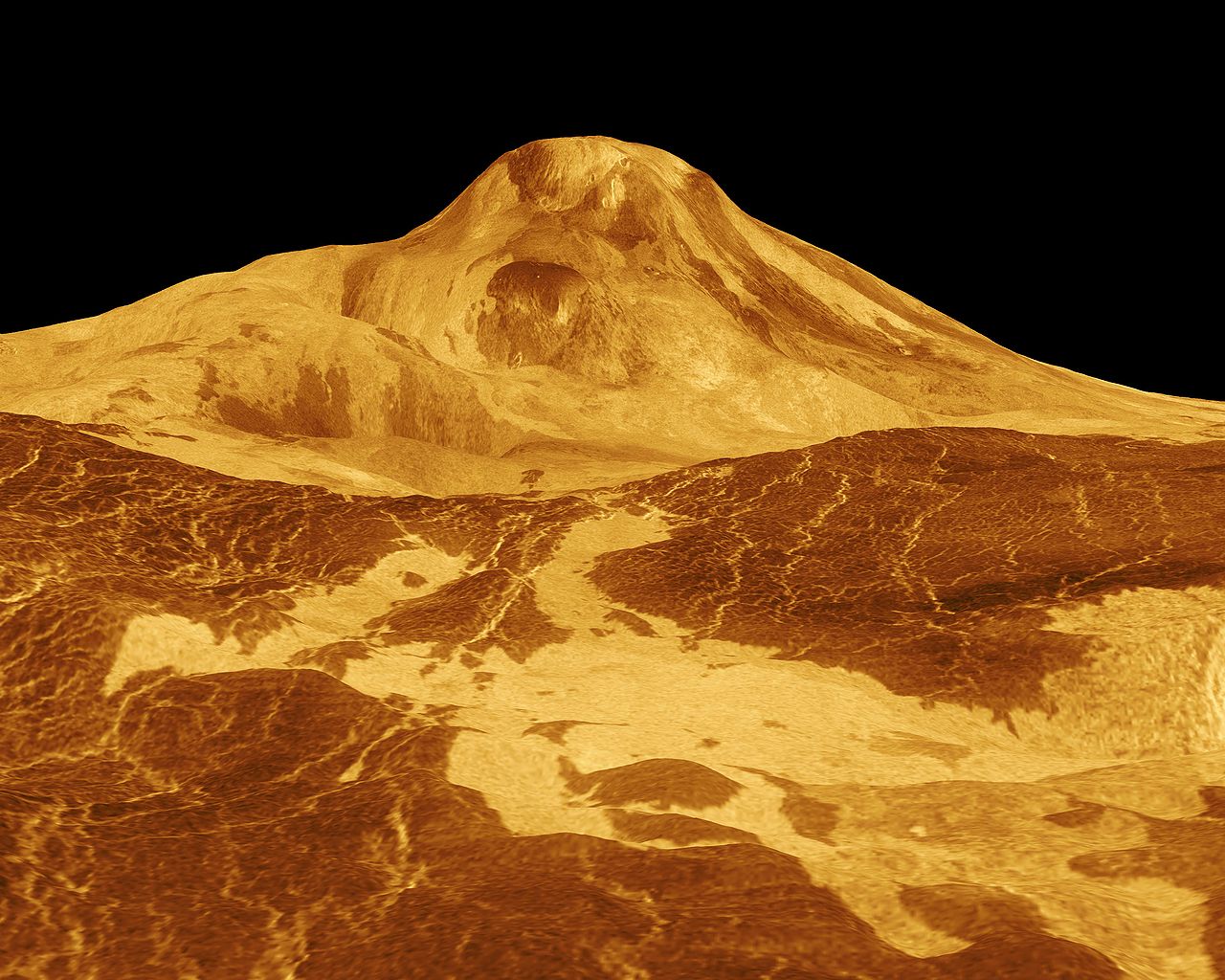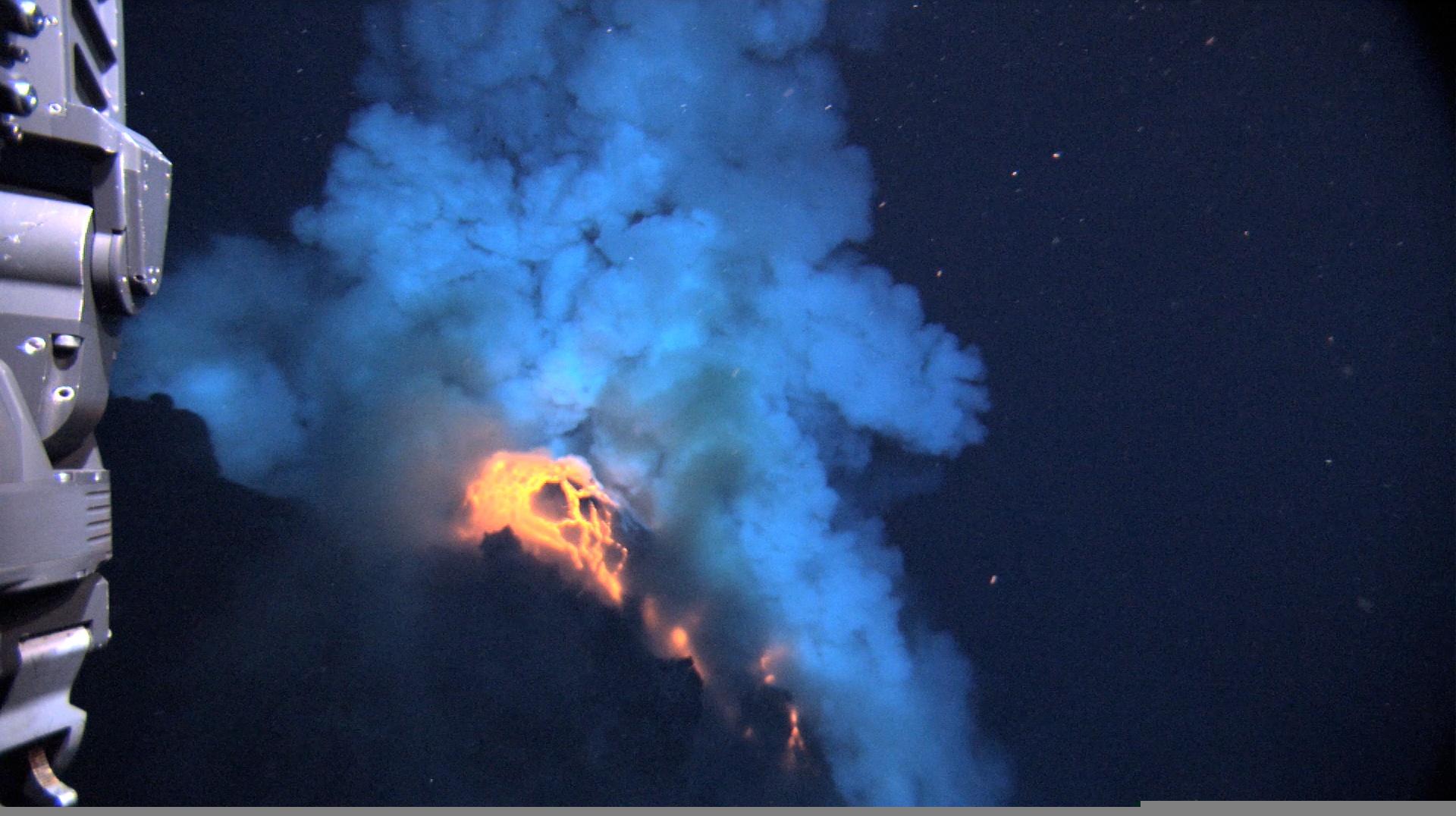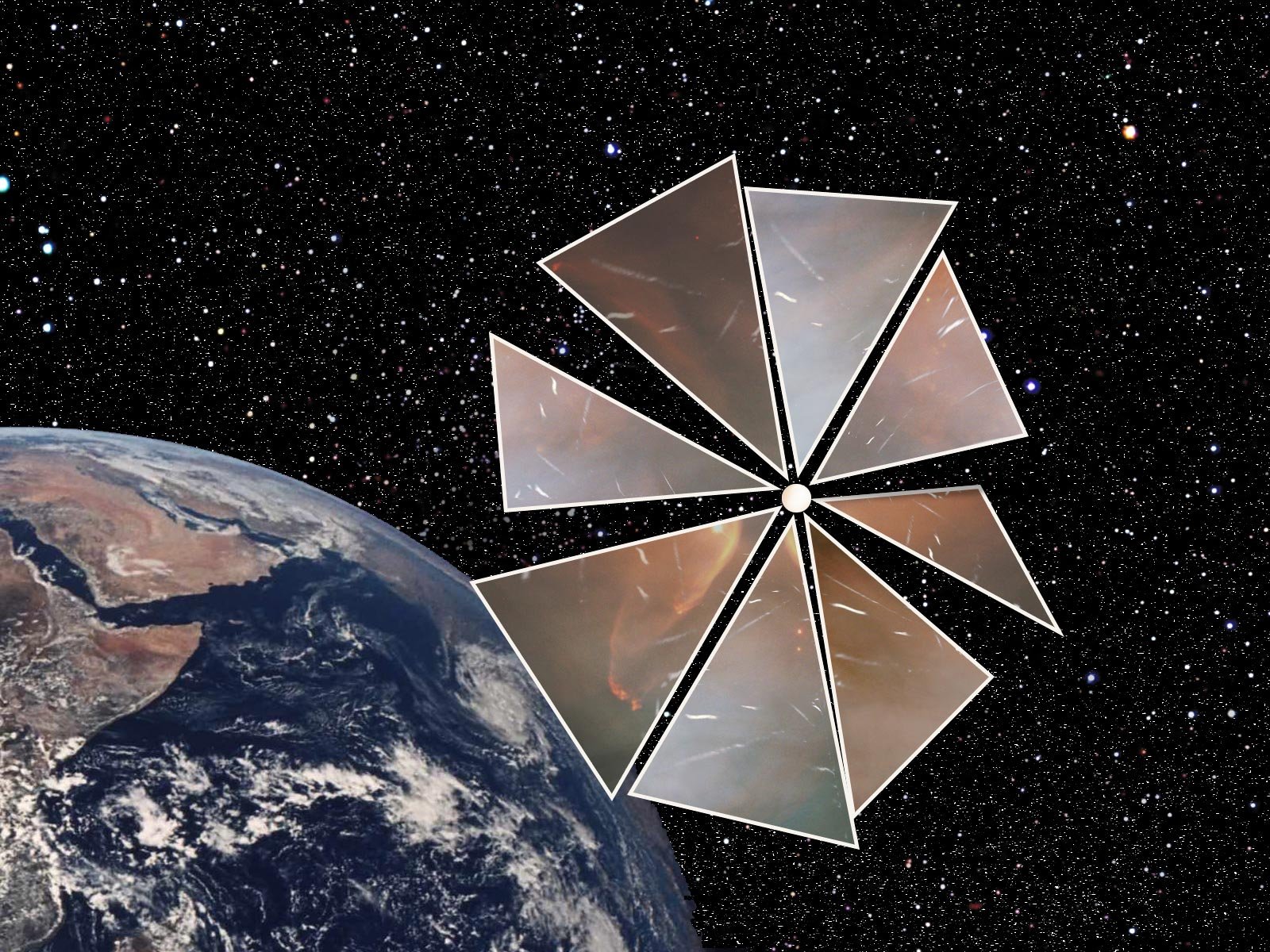The Colorado Ultraviolet Transit Experiment (aptly nicknamed CUTE) is a new, NASA-funded mission that aims to study the atmospheres of massive, superheated exoplanets – known as hot Jupiters – around distant stars. The miniaturized satellite, built by the Laboratory for Atmospheric and Space Physics (LASP) at the University of Colorado Boulder, is set to launch this Monday, September 27th on an Atlas V rocket.
Continue reading “A Tiny, Inexpensive Satellite Will be Studying the Atmospheres of hot Jupiters”Astronomers See Carbon-Rich Nebulae Where Planets are Forming
Understanding the birth of a planet is a challenging puzzle. We know that planets form inside clouds of gas and dust that surround new stars, known as protoplanetary disks. But grasping exactly how that process works – connecting the dots between a dust cloud and a finished planet – is not easy. An international team of astronomers is attempting to unlock some of those secrets, and have recently completed the most extensive chemical composition mapping of several protoplanetary discs around five young stars. Their research allows them to begin to piece together the chemical makeup of future exoplanets, offering a glimpse into the formation of new alien worlds.
Continue reading “Astronomers See Carbon-Rich Nebulae Where Planets are Forming”Researchers Create the Most Powerful Magnet Ever Made on Earth: 20 Teslas
On September 5, 2021, a team of MIT researchers successfully tested a high-temperature superconducting magnet, breaking the world record for the most powerful magnetic field strength ever produced. Reaching 20 Teslas (a measure of field intensity), this magnet could prove to be the key to unlocking nuclear fusion, and providing clean, carbon-free energy to the world.
Continue reading “Researchers Create the Most Powerful Magnet Ever Made on Earth: 20 Teslas”After Its Last Rock Sample Crumbled Into Powder, Perseverance is Going to try Again
In the last two decades, we have all grown accustomed to rovers exploring Mars. At least one rover has been active on the planet every day since January 4, 2004, when NASA’s Spirit rover landed in Gusev crater. Opportunity (2004) and Curiosity (2012) followed, each making unique journeys of discovery of their own. Perseverance (2021) is the latest and greatest of these robotic explorers, boasting a state-of-the-art in-situ resource utilization experiment to extract oxygen from the atmosphere, an accompanying helicopter to scout the path ahead, and a suite of unparalleled geology instruments. But what really sets Perseverance’s mission apart is that, for the first time, it is collecting samples of Martian rock to bring back to Earth.
Continue reading “After Its Last Rock Sample Crumbled Into Powder, Perseverance is Going to try Again”China’s Rover Completes its Primary 90-day Mission, but it Still has More Science to do
Three months after touching down on the Martian surface, China’s Zhurong rover has completed its primary mission and is still going strong.
Continue reading “China’s Rover Completes its Primary 90-day Mission, but it Still has More Science to do”Light Pollution is Making it Harder for Animals to Find Their Way at Night
Ah, the majestic dung beetle. The pinnacle of evolution. In all seriousness, these little critters are incredibly sophisticated navigators who have, for millennia, used the night sky to guide them about their business. But light pollution is making their lives more difficult by limiting their ability to navigate by the stars. Other nocturnal creatures, including some birds and moths, may be facing similar challenges.
Continue reading “Light Pollution is Making it Harder for Animals to Find Their Way at Night”Russia Just Launched a New Science Module to the Space Station
The International Space Station (ISS) is about to get a little bigger.
On July 21, the Russian Space Agency launched the station’s newest module into orbit aboard a Proton-M rocket. The module, dubbed Nauka (which means science), is the station’s first new module since 2016, aside from some new docking ports and airlocks. The Nauka module includes several important additions that will enhance the station’s capabilities.
Continue reading “Russia Just Launched a New Science Module to the Space Station”Volcanic Activity on Venus Could Explain Phosphine
Ever since the announcement last September that astronomers found evidence of phosphine in the clouds of Venus, the planet has been getting a lot of attention. It’s not surprising. Phosphine is a potential biosignature: On Earth, it is produced by microbial life. Might a similar biological process be taking place in the skies of our sister planet? It’s a tantalizing prospect, and is definitely worth examining closely, but it’s too early to be sure. Microbes aren’t the only way to get phosphine. A new paper published on July 12th in the Proceedings of the National Academy of Science suggests that volcanism might instead be to blame for the strange chemistry in the Venusian cloud tops.
Continue reading “Volcanic Activity on Venus Could Explain Phosphine”Satellite Images Can Help Predict When Underwater Volcanos are About to Erupt
Predicting volcanic eruptions is notoriously tricky. In large part this is because volcanos are unique, each with their own quirks and personalities: the lessons learned from studying one volcano may not apply directly to another. Luckily, researchers are getting better at finding warning signs that they can apply broadly. Some of the most well-known are heightened seismic activity, rising temperatures, expanding magma pools, and the release of gases. New research using satellite imagery now offers a new warning sign for underwater volcanos: a change in the color of the ocean.
Continue reading “Satellite Images Can Help Predict When Underwater Volcanos are About to Erupt”A Small Satellite With a Solar Sail Could Catch up With an Interstellar Object
When Oumuamua, the first interstellar object ever observed passing through the Solar System, was discovered in 2017, it exhibited some unexpected properties that left astronomers scratching their heads. Its elongated shape, lack of a coma, and the fact that it changed its trajectory were all surprising, leading to several competing theories about its origin: was it a hydrogen iceberg exhibiting outgassing, or maybe an extraterrestrial solar sail (sorry folks, not likely) on a deep-space journey? We may never know the answer, because Oumuamua was moving too fast, and was observed too late, to get a good look.
It may be too late for Oumuamua, but we could be ready for the next strange interstellar visitor if we wanted to. A spacecraft could be designed and built to catch such an object at a moment’s notice. The idea of an interstellar interceptor like this has been floated by various experts, and funding to study such a concept has even been granted through NASA’s Innovative Advanced Concepts (NIAC) program. But how exactly would such an interceptor work?
Continue reading “A Small Satellite With a Solar Sail Could Catch up With an Interstellar Object”
